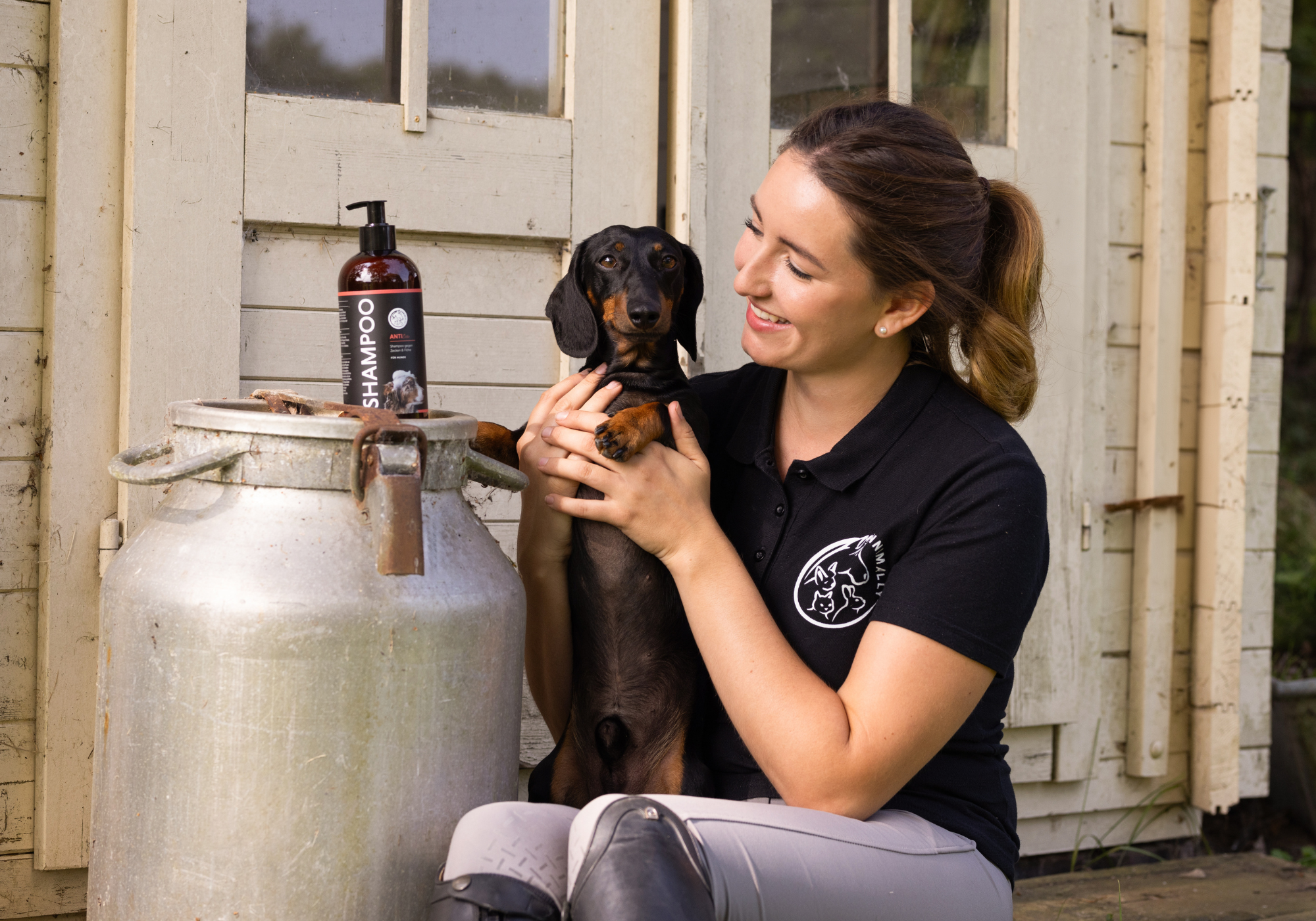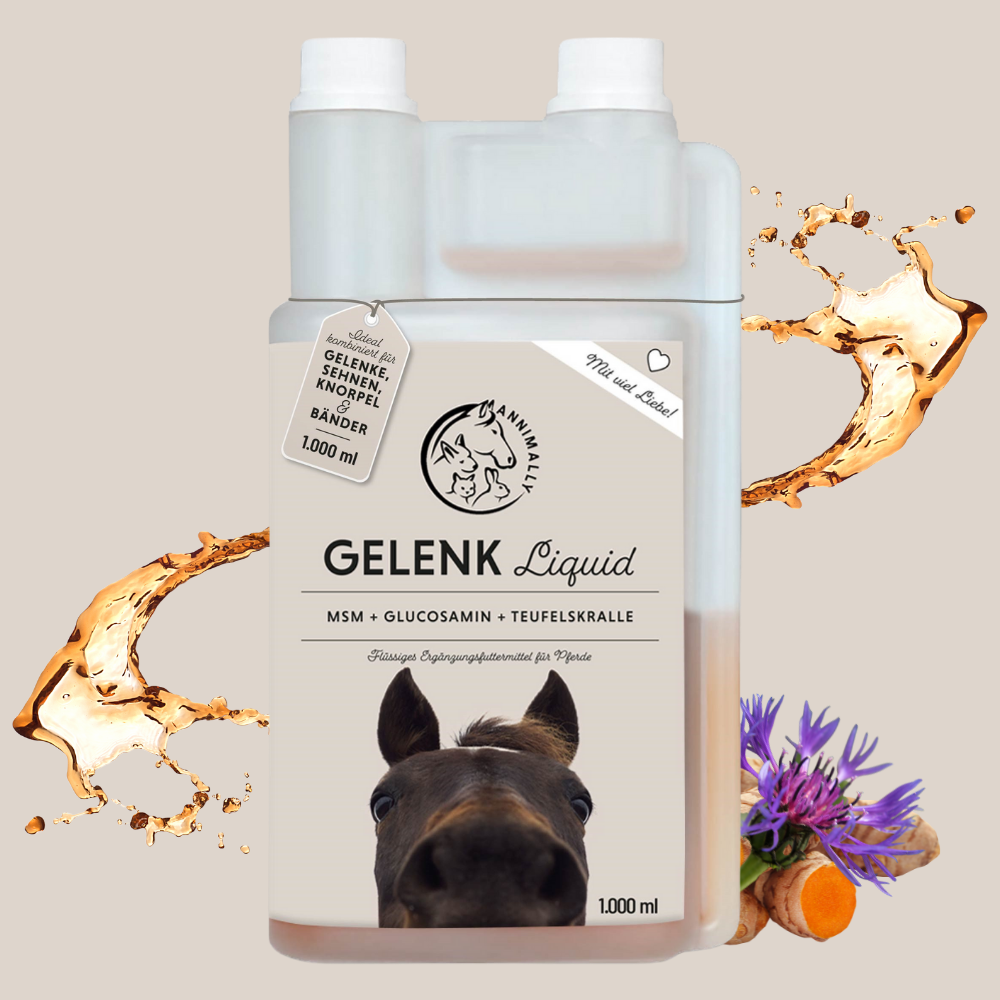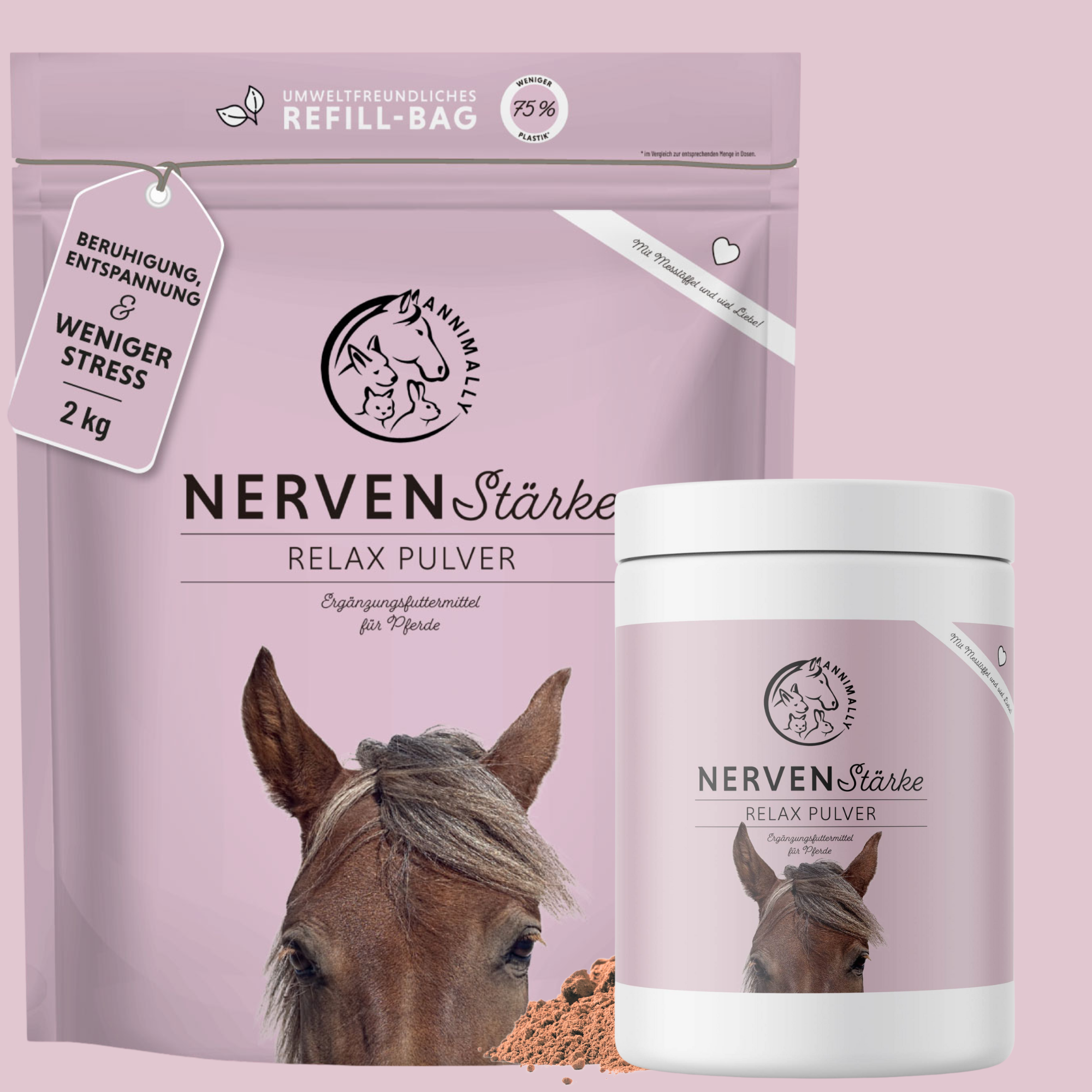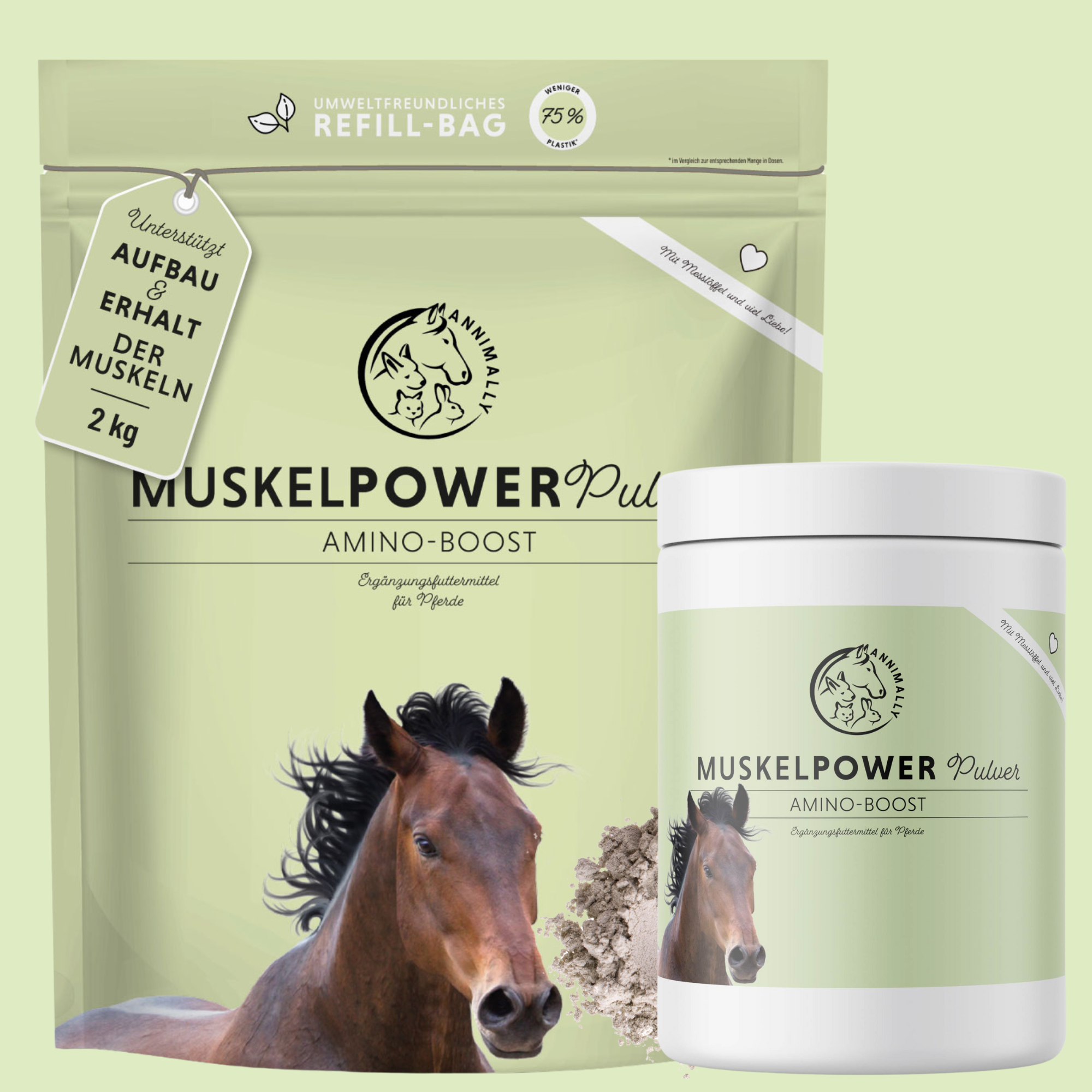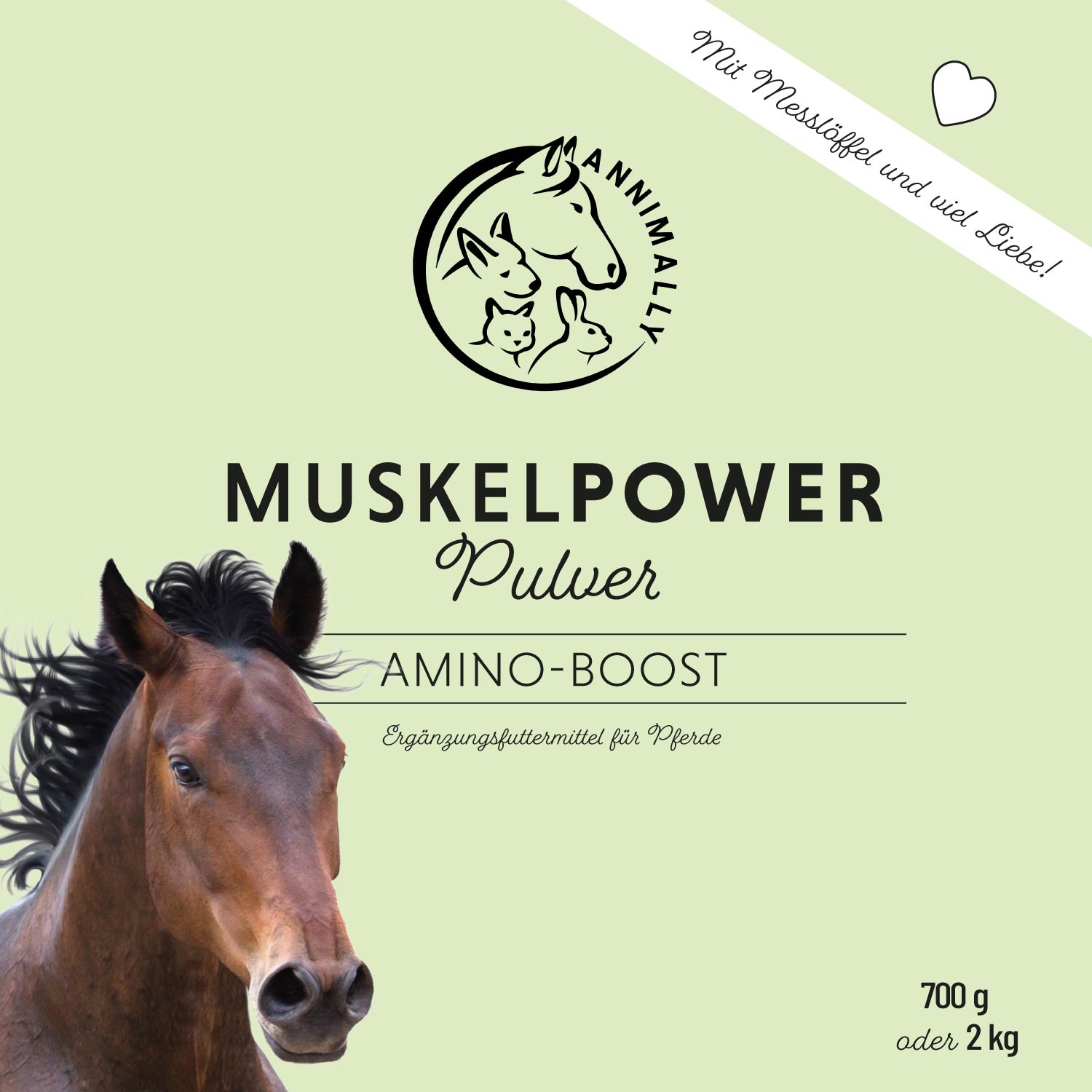
Hyperacidity in dogs: causes, symptoms and how you can support your dog
Hyperacidity in dogs is a condition that catches many dog owners off guard. Symptoms often appear gradually, and it takes a while to recognize that the problem lies in acid-base balance. But what exactly is hyperacidity, what are the causes, and how can you help your dog feel better again? In this blog post, I'll explain everything in detail so you can better understand what to look out for and how you can actively combat hyperacidity.
What does hyperacidity mean in dogs?
Hyperacidity occurs when the body's acid-base balance becomes unbalanced, which often affects your dog's stomach. Your dog's body produces acids, including stomach acid, every day through normal metabolic processes. These acids, including stomach acid, are normally neutralized by alkaline substances such as minerals and excreted through the kidneys, skin, and respiratory tract.
However, if too many acids are produced or too few alkaline substances are available, this process stalls. The body—especially the stomach—is then no longer able to adequately break down and neutralize the excess acids, such as gastric acid. This leads to hyperacidity, also known as acidosis, which is often exacerbated by excessive gastric acidity.
How does hyperacidity occur in dogs?
The causes of hyperacidity in dogs are varied. Often, several factors interact to lead to an acid-base imbalance. Here are the most common causes in detail:
Wrong diet
Your dog's diet has a major impact on their acid-base balance. Many commercial dog foods are rich in grains, low-quality meat, and artificial additives that have an acid-forming effect. A diet consisting predominantly of such foods can lead to your four-legged friend's body constantly producing too much acid.
Stress and psychological strain
Just as in humans, stress can lead to increased acid production in dogs. Dogs under constant stress—whether due to environmental influences, other animals, or insecurity—produce increased levels of stress hormones. These hormones stimulate the metabolism, which in turn leads to increased acid production.
Lack of exercise
Dogs need regular exercise to support their metabolism. Exercise helps the body break down acids and excrete them through breathing and sweating. Therefore, dogs that don't get much exercise also break down fewer acids, which can lead to hyperacidity.
Taking medication
Certain medications, such as painkillers or cortisone preparations, can place a significant strain on your dog's metabolism. Long-term medication use often leads to impaired acid-base regulation, as the body struggles to compensate for the additional stress.
Chronic diseases in dogs
Some diseases, such as kidney problems or diabetes, impair the body's ability to excrete acids. In such cases, hyperacidity can quickly develop because the kidneys, which are actually responsible for acid breakdown, no longer function properly.
What symptoms indicate hyperacidity in dogs?
Hyperacidity can manifest itself through various symptoms that are not always immediately obvious. These symptoms can appear either gradually or suddenly. Here is an overview of the most common signs:
1. Gastrointestinal complaints:
Digestive problems such as diarrhea, bloating, or vomiting are among the first signs of hyperacidity. Increased belching or heartburn can also occur because the stomach produces too much acid.
2. Skin problems and dull coat:
An acid-base imbalance often has a negative impact on your four-legged friend's skin and coat. You'll notice their coat becoming dull and lackluster, dandruff forming, or even increased hair loss. Skin irritation or itching can also indicate that the body is trying to excrete excess acids through the skin.
3. Fatigue and lack of motivation:
Dogs suffering from hyperacidity often appear tired, lethargic, and lack energy. This is because the body has to expend a great deal of energy to neutralize the excess acids. The constant stress leads to exhaustion.

4. Muscle pain and cramps:
Excess acidity can also attack muscle tissue. If too many acids circulate in the body, they can attack the muscles and lead to pain, tension, or even cramps.
5. Behavioral changes:
Some dogs also react to hyperacidity with behavioral abnormalities. You may notice that your dog is more nervous, irritable, or anxious than usual. These behavioral changes occur because hyperacidity can also affect the nervous system.
How can you recognize hyperacidity in your dog?
Diagnosing hyperacidity definitively isn't always easy, as many symptoms are non-specific and can also indicate other health problems. However, a useful tool is measuring the pH level in your dog's urine. This pH level provides information about whether your dog's body is in balance.
A normal pH level is between 6.5 and 7.5. If the level falls below this, it indicates hyperacidity. You can use pH test strips, which you can get from a pharmacy or veterinarian. Regular testing can help keep an eye on the acid-base balance.
The consequences of untreated hyperacidity
If hyperacidity is left untreated over a long period of time, it can have serious health consequences. The dog's body is forced to draw increasing amounts of alkaline minerals from the bones, teeth, and organs to neutralize the acids. This can lead to a deficiency in important minerals such as calcium , magnesium , or sodium, which weakens the bones in the long term and increases the risk of osteoporosis.
The kidneys and cardiovascular system are also placed under considerable strain. Severe hyperacidity can even lead to kidney failure or heart problems.
What can you do to treat hyperacidity in your dog?
Fortunately, there are several ways to restore your dog's acid-base balance. Here are some concrete steps you can take:
Dietary change: Diet is one of the most important levers for treating hyperacidity. Make sure your dog's food is rich in alkaline-forming foods. Vegetables like carrots, zucchini, pumpkin, and spinach, as well as herbs and high-quality meats, help reduce acid production. Avoid grains, sugar, and artificial additives, as these have a strong acid-forming effect.
Herbs and dietary supplements: Herbs such as nettle, dandelion, or milk thistle can help support acid reduction in the body. There are also special alkaline powders or nutritional supplements that regulate pH and help your dog's body excrete excess acids more quickly.
More exercise: Regular exercise is crucial for stimulating metabolism and promoting the excretion of acids through breathing and sweating. Make sure your dog gets plenty of exercise and physical activity—walks, playing, and romping outdoors support recovery.

Reduce stress: Stress is one of the biggest acid producers. Try to avoid stressful situations for your dog and provide him with a calm, stable environment. Relaxation periods and sufficient sleep are equally important to calm the nervous system and reduce excess acid.
Regular health checks: If your dog suffers from a chronic illness or requires long-term medication, it is important to have their health and acid-base balance regularly monitored. Your veterinarian can support you with this and, if necessary, initiate appropriate treatment.
How can you prevent hyperacidity in dogs?
Prevention is key to preventing hyperacidity in your dog. Here are some tips to help you ensure a good acid-base balance from the start:
Healthy, balanced diet: Make sure your dog gets a varied, natural diet. Fresh meat, vegetables, and herbs should be the main ingredients. Avoid excessively processed foods, which often contain hidden acidifiers.
Regular pH check: Regularly monitor the pH of your dog's urine so you can intervene early if hyperacidity is developing.
Enough water: Make sure your dog always has plenty of fresh water available. Water helps the body excrete excess acid and relieves strain on the kidneys.

Stress-free environment: A relaxed environment without constant stimuli and sources of stress promotes your dog's general well-being and helps to maintain a balanced acid-base balance.
When should you see a veterinarian?
If you notice your dog exhibiting symptoms over a prolonged period or if their condition worsens, it's important to consult a veterinarian. You shouldn't hesitate, especially if they're experiencing severe gastrointestinal problems, persistent fatigue, or noticeable skin changes. An experienced veterinarian can provide an accurate diagnosis and recommend targeted treatment options.
Conclusion: Recognizing and treating hyperacidity and gastric hyperacidity in dogs
Hyperacidity, especially gastric hyperacidity in dogs, is a widespread but often overlooked problem. The dog's stomach plays a central role in this, as overproduction of gastric acid can disrupt the delicate balance in the digestive tract. This overproduction of acid can be caused by poor diet, stress, or lack of exercise and can manifest itself in various symptoms, such as digestive problems or discomfort, which are often difficult to identify.
With a targeted change in diet that relieves the stomach, sufficient exercise, and stress reduction, you can actively contribute to your dog's stomach regaining balance and regulating the overproduction of stomach acid. This will help prevent hyperacidity and its consequences and stabilize the overall acid-base balance.
It's important to pay close attention to your dog's needs, especially when it comes to stomach problems and possible gastric hyperacidity. If you suspect overproduction of stomach acid, it's advisable to consult a veterinarian who can provide an accurate diagnosis. With the right care and support, your dog will become fit, energetic, and balanced again—and his stomach will stay healthy too!

